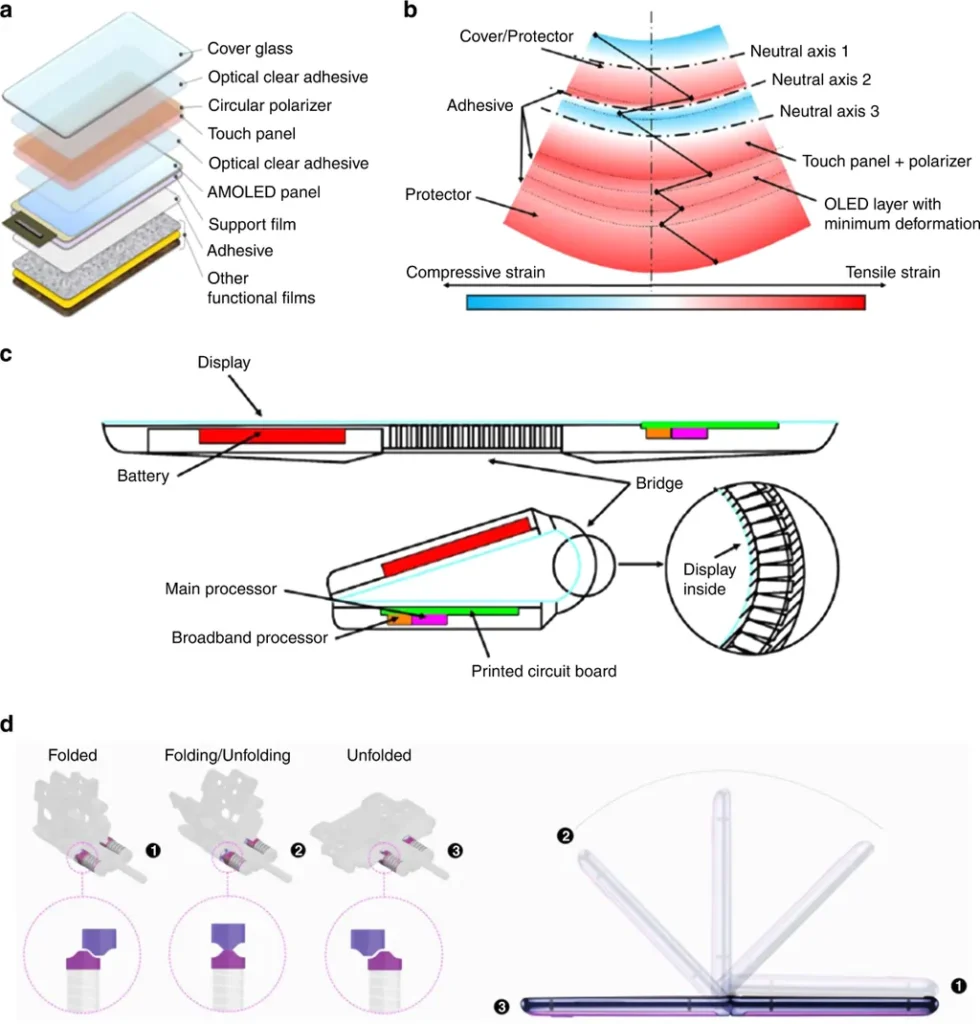In the ever-evolving world of materials science, a groundbreaking development has emerged from the labs of Pohang University of Science and Technology (POSTECH) in South Korea. Researchers, led by Junhyung Kim from the Department of Mechanical Engineering, have introduced a novel concept in dry adhesives that could revolutionize industries ranging from soft robotics to energy sector applications. Their work, published in the International Journal of Smart and Nano Materials (translated as “International Journal of Intelligent and Nano Materials”), presents a solution to a long-standing challenge in adhesive technology: the trade-off between adhesion strength and toughness.
Dry adhesives, which do not require liquid or chemical activation, have long been sought after for their reusability and clean detachment properties. However, their performance has been limited by the inherent trade-off between strong adhesion and the ability to withstand fracture. Kim and his team have tackled this issue head-on by developing adaptive bilayer dry adhesives. These adhesives combine a thin, compliant layer of polydimethylsiloxane (PDMS) with a stiff shape memory polymer (SMP) backing layer. The SMP layer allows for shape programming through its rubber-to-glass transition, while the PDMS layer prevents catastrophic adhesive failure and maintains adhesion.
The results are impressive. Finite element analysis showed that the programmed bilayer surface forms extensive interfacial contact with minimal preload, outperforming conventional elastomeric adhesives. Adhesion tests demonstrated that the bilayer achieves nearly ten-fold higher adhesion compared to PDMS alone, while maintaining greater detachment toughness relative to SMP. This breakthrough alleviates the traditional trade-off between adhesion and toughness, opening up new possibilities for various applications.
“Our bilayer adhesive strategy provides a generalized design principle to overcome the incompatibility between adhesion and toughness,” Kim explained. “This could have significant implications for industries that require strong, reusable, and adaptable adhesive solutions.”
One of the most compelling aspects of this research is its potential impact on the energy sector. For instance, in offshore wind farms, maintaining and repairing equipment often involves challenging environments where traditional adhesives fail. The adaptive bilayer dry adhesives could provide a robust solution, enabling easier and more reliable maintenance of wind turbines and other energy infrastructure.
Moreover, the bilayer’s shape programming capability allows for stable and repeatable adhesion to curved surfaces without requiring additional rubber-to-glass transitions. This feature could be particularly useful in the development of soft robotics and wearable systems, where adaptability and durability are crucial.
For practical demonstrations, the researchers fabricated an integrated heater-assisted adhesive hook capable of supporting a 2 kg load on diverse wall surfaces, with reversible and reusable operation. This showcases the real-world potential of their technology.
As the energy sector continues to evolve, the need for innovative materials that can withstand harsh conditions and provide reliable performance becomes increasingly important. The adaptive bilayer dry adhesives developed by Kim and his team represent a significant step forward in this direction. Their work, published in the International Journal of Intelligent and Nano Materials, not only advances the field of materials science but also paves the way for new applications in energy and beyond.
In the words of Junhyung Kim, “This research is just the beginning. We are excited to explore the numerous possibilities that our bilayer adhesive strategy offers, and we look forward to collaborating with industry partners to bring this technology to market.”

